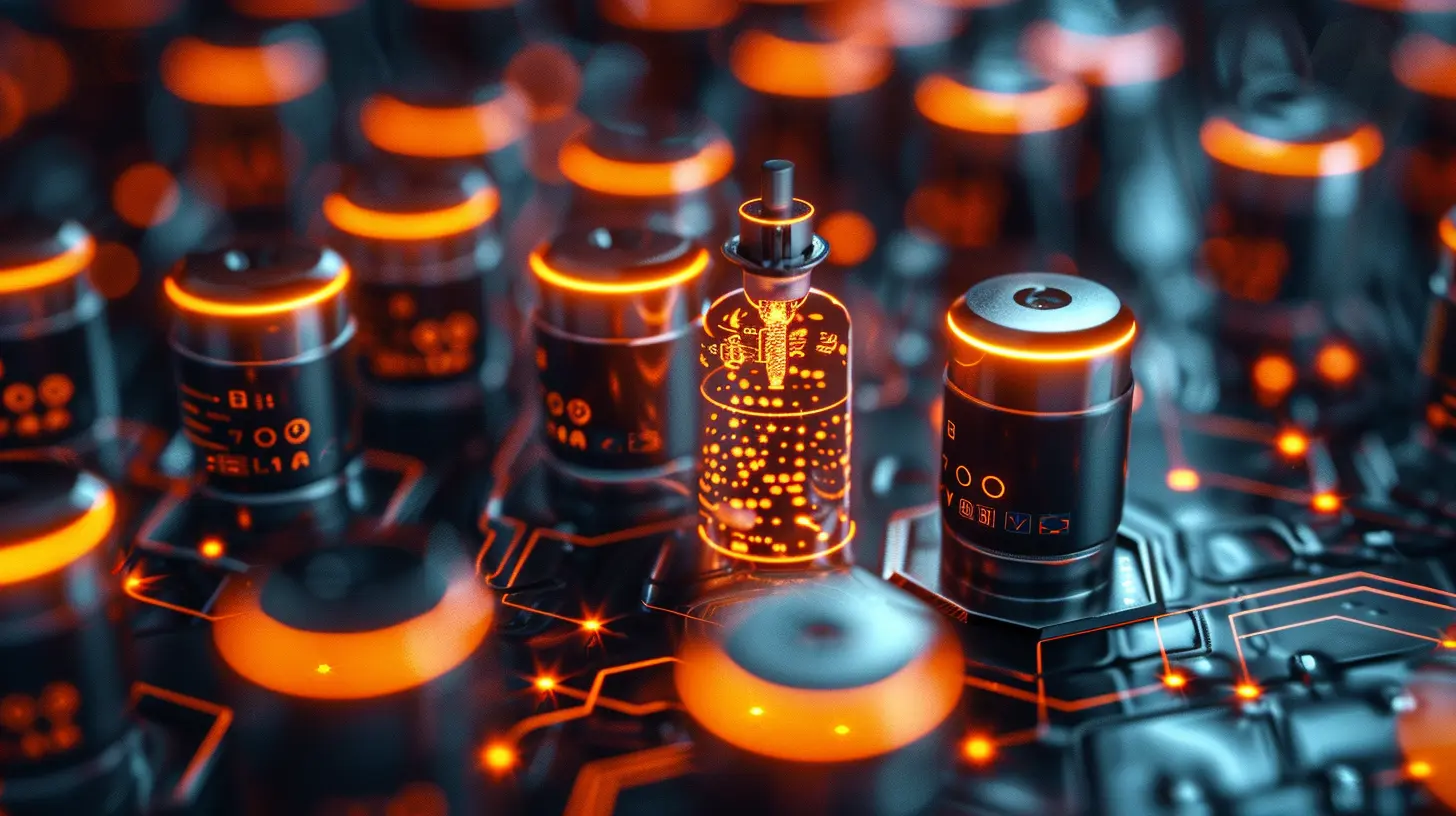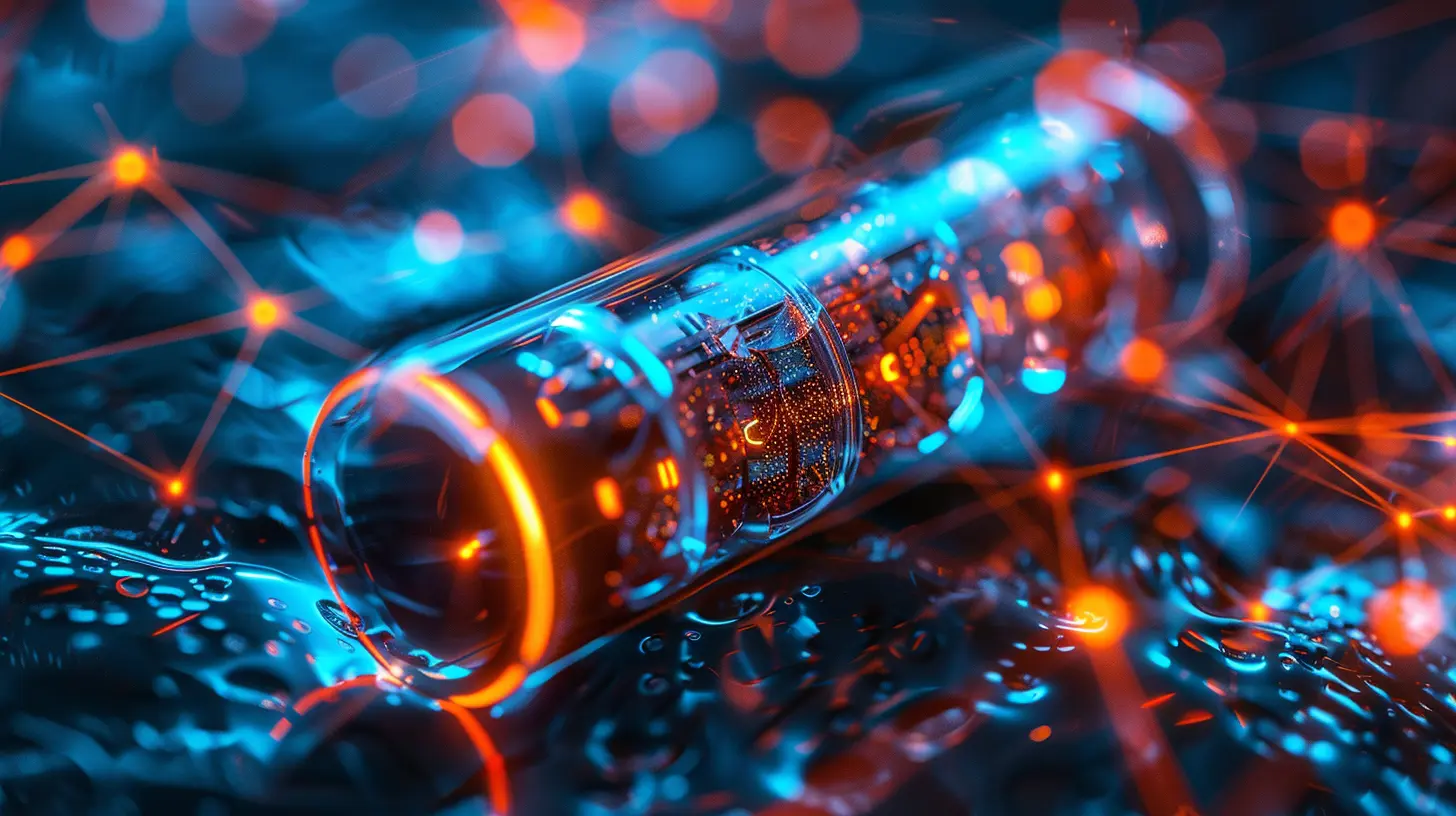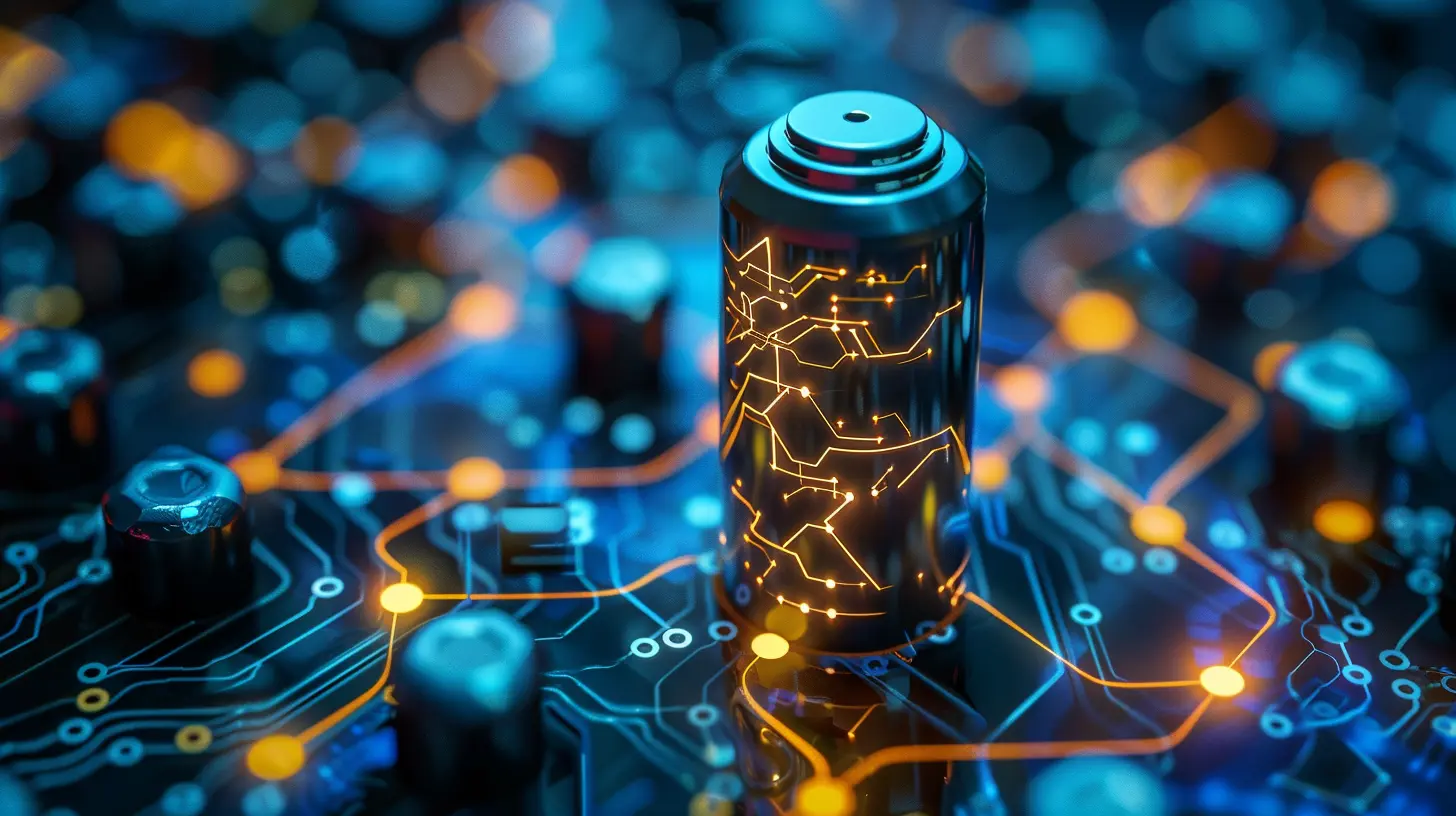How Nanotechnology is Shaping the Future of Batteries
28 September 2025
Let’s face it—batteries haven't changed that much in decades. Sure, smartphones have gotten sleeker, EVs are getting faster, and our gadgets are smarter than ever. But the tech powering them? It’s been crawling forward. Enter nanotechnology, the not-so-small miracle that's turning the traditional battery industry on its head.
In this article, we'll dive deep (but in plain English, I promise) into how nanotechnology is reshaping the way batteries are designed, perform, and power our lives. Whether you're a tech geek, an EV enthusiast, or just someone tired of charging your phone twice a day, you’re going to want to stick around.
What Is Nanotechnology, Really?
Before we get into the battery stuff, let’s clear the air—what is nanotechnology?At its core, nanotech is the science of manipulating materials at the atomic or molecular scale. We're talking about stuff measured in nanometers. That’s one-billionth of a meter. Yeah, it’s that tiny. To put it into perspective, a single sheet of paper is about 100,000 nanometers thick.
Scientists use nanotechnology to create new materials and devices with enhanced properties—stronger, lighter, more conductive, or even self-healing. And when you apply this kind of precision to batteries? Let’s just say things start to get exciting.
The Problem with Traditional Batteries
We all rely on batteries, whether we realize it or not. Phones, laptops, cameras, smartwatches, electric vehicles—you name it. But traditional lithium-ion batteries have their fair share of issues:- Slow charging times – Who wants to wait hours?
- Limited lifespan – Your phone battery starts sucking after a couple of years.
- Safety risks – Remember those phones catching on fire? Yeah.
- Limited energy density – We want more power packed in smaller sizes.
Pretty annoying, right? Now imagine tweaking the battery at the nano level to fix these problems. That’s where nanotech steps in as the superhero we didn’t know we needed.
How Nanotechnology Is Totally Transforming Batteries
Here’s where the magic happens. By redesigning components of a battery at the nano-scale, researchers are pushing past the limitations of traditional cells. Let's break it down.1. Nano-engineered Anodes: Say Goodbye to Graphite
In most lithium-ion batteries, the anode is made of graphite. It’s reliable but not exactly cutting-edge. Scientists are now experimenting with silicon nanowires to replace graphite. Why?- Silicon can hold up to 10x more lithium than graphite.
- Nanowires prevent the material from cracking (which was a huge problem with bulk silicon).
- You get more energy density and longer battery life.
Short story? Your phone could last a couple of days on a single charge instead of struggling to make it through one.
2. Nano-coatings for Better Stability
Battery materials tend to degrade over time due to unwanted reactions with electrolytes. Now imagine wrapping those materials in a protective, nano-thin coating—kind of like sealing food in plastic wrap to keep it fresh.These nano-coatings help:
- Minimize degradation
- Increase the number of charge/discharge cycles
- Reduce the risk of overheating or catching fire
It makes batteries safer and much more durable.
3. Nanoparticles in Cathodes: More Energy, Less Weight
The cathode is where the magic actually finishes during discharge in a battery. By using nanoparticles, researchers can increase the surface area dramatically. That means:- Faster charging
- Higher energy density
- Lighter batteries
It’s like switching from a garden hose to a fire hose—you’re pushing way more current through in less time.
4. Solid-State Batteries Meet Nanotech
Solid-state batteries are often called the "holy grail" of energy storage. They use solid electrolytes instead of liquid, which means:- No leaks
- Higher safety
- Increased energy density
Sounds perfect, right? The problem is that the solid interface isn’t always efficient. But nanostructured designs are helping overcome this by making the interfaces smoother and more chemically compatible.
Nanotechnology is literally unlocking the door to widespread solid-state battery adoption.
5. Faster Charging With Nano-Structured Electrodes
One of the biggest gripes with today's batteries is slow charging. Nobody wants to sit around waiting for 2 hours.By using nano-structured electrodes, we’re seeing charge times dropping dramatically. Think minutes instead of hours. It's like adding high-speed lanes on a busy highway.
More pathways = faster ion movement = quicker charging.
Real-Life Applications That Are Already Benefiting
You might think this sounds like a bunch of lab experiments, but nanobatteries are already being rolled out in some surprising places.Electric Vehicles (EVs)
Tesla, Toyota, and even startups like QuantumScape are exploring nanotech-based solid-state batteries. The result? EVs that charge in 10 minutes and offer 500+ miles of range on a single charge. That’s a game-changer for mass adoption.Smartphones and Wearables
Companies are working on nano-silicon anodes for commercial smartphone batteries. This would mean phones that charge in less than 10 minutes and last days. Plus, they're lighter—perfect for wearables and AR/VR tech.Medical Devices
Pacemakers, hearing aids, and other tiny medical gadgets benefit from nano-enhanced batteries by running longer with less frequent charging—super important in life-saving tech.Aerospace and Drones
Lightweight, high-energy nanobatteries are helping drones fly longer and satellites last through extreme temperature changes in space. It's battery science... out of this world—literally.Environmental Impact: Is It All Good News?
Let’s get real for a sec. Every new technology has its "but what about..." moment. You might be wondering: are nanobatteries eco-friendly?Here’s the honest scoop:
- Pros:
- Longer lifespan = fewer batteries in landfills
- More efficient charging = lower energy consumption
- Smaller sizes = less raw material used
- Challenges:
- Manufacturing nanomaterials can be energy-intensive
- Recycling nanobatteries is still tricky and under development
So yep, it’s not a total win yet—but it’s a huge step in the greener direction.
Why Should You Care About Nanotech Batteries?
I get it. Unless you're engineering EVs or designing iPhones, you're probably not thinking about battery chemistry daily. But here's why this matters to you:- Longer battery life = fewer headaches
- Faster charging = more freedom
- Smaller tech = sleeker gadgets
- Greener options = better for the planet
Plus, all this innovation is happening right now—not 10 years down the road. That next-gen phone or electric car you’re eyeing? It just might be powered by nanotech.
Challenges Before Nanobatteries Go Mainstream
We’re close, but not quite there yet. A few bumps remain in the road:- Cost: Manufacturing at the nano scale isn’t cheap—yet.
- Scalability: Building millions of these things on-demand is still a work in progress.
- Long-term testing: We need more real-world data on performance over a decade or more.
- Resource availability: Some materials used at the nano level are rare or geopolitically sensitive.
So while we're seeing prototypes and early commercial products now, wide adoption will take a bit more time and effort.
Final Thoughts: The Future Is Tiny (and Bright)
Nanotechnology is doing for batteries what silicone did for the computer. It’s making them smarter, smaller, faster, and more reliable. It’s not just an upgrade—it’s an overhaul.We’re talking about a future where waiting an hour to charge your phone is laughable. Where EVs charge in the same time it takes to grab a coffee. Where medical devices run for years without a battery swap.
It’s not science fiction—it’s just science. Tiny, powerful, next-level science.
So next time your device dies at the worst time, just remember: thanks to nanotechnology, that annoyance may soon be a thing of the past.
all images in this post were generated using AI tools
Category:
Battery TechnologyAuthor:

John Peterson
Discussion
rate this article
1 comments
Sonya Taylor
This article compellingly highlights nanotechnology's potential to revolutionize battery performance, yet it overlooks the environmental implications of nanomaterials, which warrant a balanced discussion in future innovations.
September 30, 2025 at 4:39 AM

John Peterson
Thank you for your insightful comment! You're right—addressing the environmental implications of nanomaterials is crucial for a balanced discussion on battery innovation. We appreciate your feedback and will consider it in future discussions.


